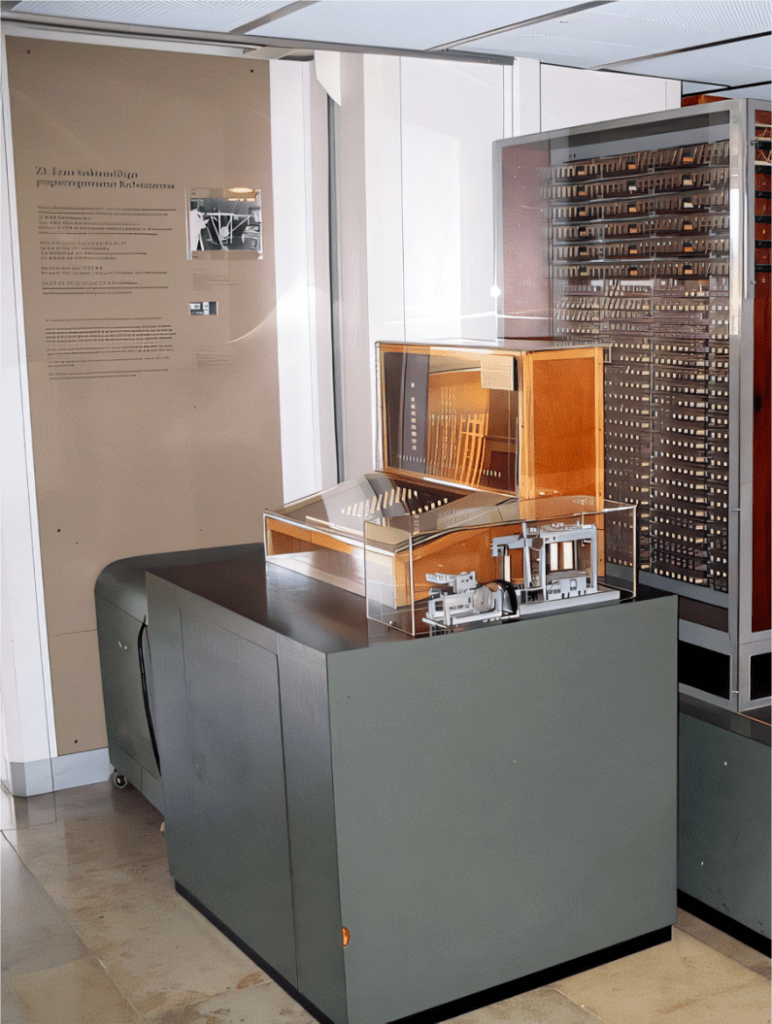On This Day May 12, 1941 German engineer Konrad Zuse presented the Z3, the world’s first working programmable, fully automatic computer. This remarkable feat of innovation and ingenuity marked a pivotal moment in the history of technology, paving the way for the digital revolution that would transform our world in ways that were once unimaginable.
Constructed entirely from electromechanical relays and metal components, the Z3 stood as a testament to Zuse’s unwavering determination and visionary thinking. Unlike its predecessors, which required manual intervention for each step of a calculation, the Z3 could execute a sequence of instructions automatically, storing and retrieving data from its memory as needed.
The implications of this breakthrough were profound, as it opened the door to more complex calculations and data processing capabilities. Zuse’s pioneering work laid the foundation for the development of modern computers, ushering in a new era where computational power would become an indispensable tool for scientific research, business operations, and countless other aspects of human endeavor.
Although the Z3’s development was hindered by the tumultuous events of World War II, its legacy endured. Zuse’s creation inspired a generation of computer scientists and engineers, fueling the rapid advancement of digital technology in the decades that followed. From the room-sized mainframes of the 1950s to the sleek and powerful devices we carry in our pockets today, the Z3 stands as a testament to the transformative power of human ingenuity and the relentless pursuit of innovation.
As we reflect on this historic day, we are reminded of the profound impact that a single invention can have on the course of human history, and the incredible potential that lies within the minds of visionaries who dare to challenge the boundaries of what is possible.

Image source: https://en.wikipedia.org/wiki/File:Z3_Deutsches_Museum.JPG